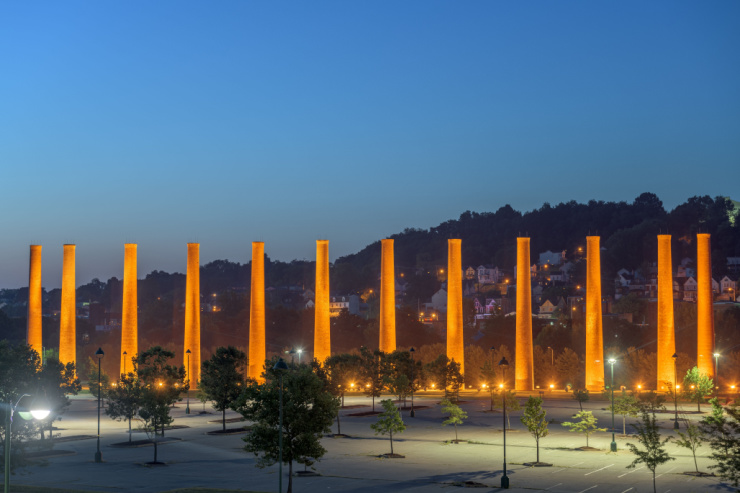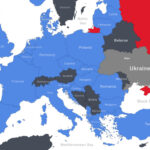As you read yesterday, one of America’s storied companies, U.S. Steel, is being sold to a Japanese competitor. In The Spectator, John Steele Gordon explains the history of U.S. Steel, writing:
The Carnegie Steel Company founded by Andrew Carnegie was soon the largest, most efficient and most profitable steel company in the world. Its profit in 1900 was a staggering $40 million, at least $1 billion in today’s money.
But, except for railroad rails and construction beams, Carnegie made only raw steel, which it sold to other steel companies to fashion into pipes, sheet steel and myriad other products. And the steel business was quickly becoming more integrated. Carnegie knew that he would have to expand into other products to maintain dominance and stay competitive.
He had no doubt that he could do it, but already in his sixties and more and more interested in giving away his fortune than growing it, he wasn’t sure he had the stomach for it. Charles Schwab, president of Carnegie Steel, smelled a deal.
On December 12, 1900, a group of New York bankers gave a dinner in honor of Schwab at New York’s University Club, attended by eighty of the country’s leading businessmen.
After dinner, Schwab stood up to make “a few remarks.” They lasted nearly an hour as he outlined his vision for the future of the American steel industry. It was noted that JP Morgan, seated next to Schwab, was deep in thought, slowly crumbling an unlit cigar. After the dinner, Morgan, having made up his mind with characteristic dispatch, took Schwab aside and told him he was interested in pursuing the matter.
Both Morgan and Schwab knew that Carnegie would have to agree, and so the next day Schwab went to see Carnegie at the latter’s cottage at the St. Andrew’s Country Club a little way up the Hudson River. During a round of golf — which Schwab was careful to lose — one of the great business deals in American history was struck: Carnegie Steel would sell out to Morgan’s syndicate for $492 million.
When Morgan heard from Schwab, he sent Carnegie a telegram saying, “Congratulations, Mr. Carnegie, you are the richest man in the world.”
The new firm, US Steel, was capitalized at a then-staggering $1.4 billion dollars, then the largest capitalization in history. Total federal revenues that year were a mere 40 percent of that sum. Even the Wall Street Journal wondered editorially if the consolidation of American industry might be getting out of hand. A joke made the rounds of a school teacher asking a young pupil who had made the world. “God made the world in 4004 B.C.,” replied the boy, “and it was reorganized in 1901 by JP Morgan.”
But US Steel, which in 1902 produced 67 percent of all steel manufactured in the United States, its first complete year of operation, never really flourished as an economic entity, although it was consistently profitable. It had taken on a lot of debt in its formation (Carnegie had insisted on being paid in US Treasury gold bonds — essentially cash — not corporate stock) and it had to be cautious due to concerns that the government would try to break it up under antitrust laws. So its competitors, especially Bethlehem Steel, often could seize opportunities more quickly.
The company’s steel production peaked in 1950 at 35 million tons and its total employees peaked in 1943 at the height of World War II at 340,000. In 2001 US Steel produced only 8 percent more steel than it had in 1902 and that amounted to only 8 percent of total American steel production. It is a measure of the company’s relative decline that in 2014 the S&P removed US Steel from its S&P 500 stock index and put it in its S&P midcap 800.
Once one of the most famous American corporations, second, perhaps, only to John D. Rockefeller’s Standard Oil, US Steel will now be only a subsidiary of a foreign steel company, although it will keep its name and its headquarters in Pittsburgh.
Read more here.
If you’re willing to fight for Main Street America, click here to sign up for the Richardcyoung.com free weekly email.






